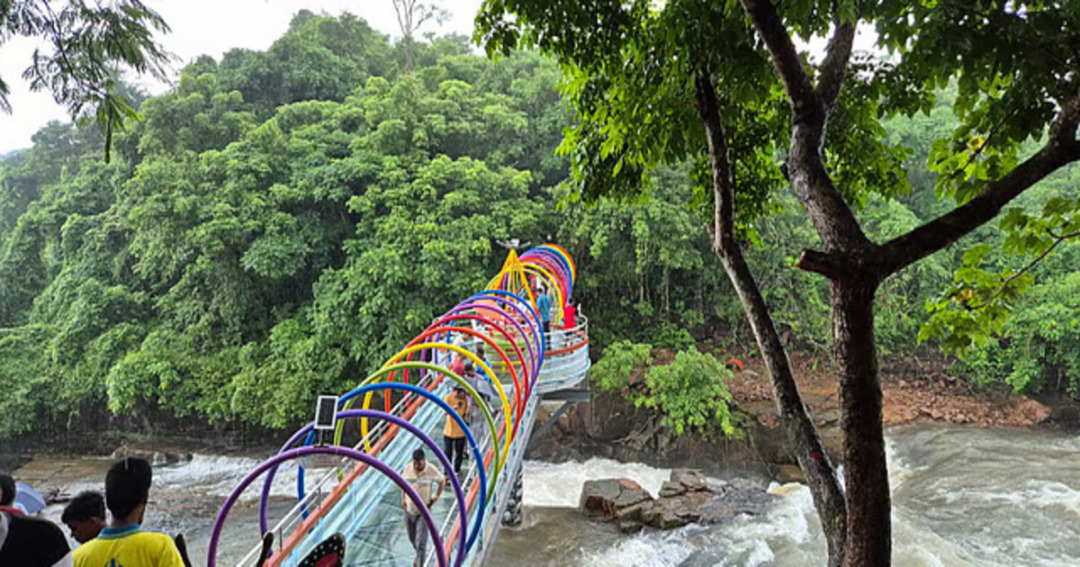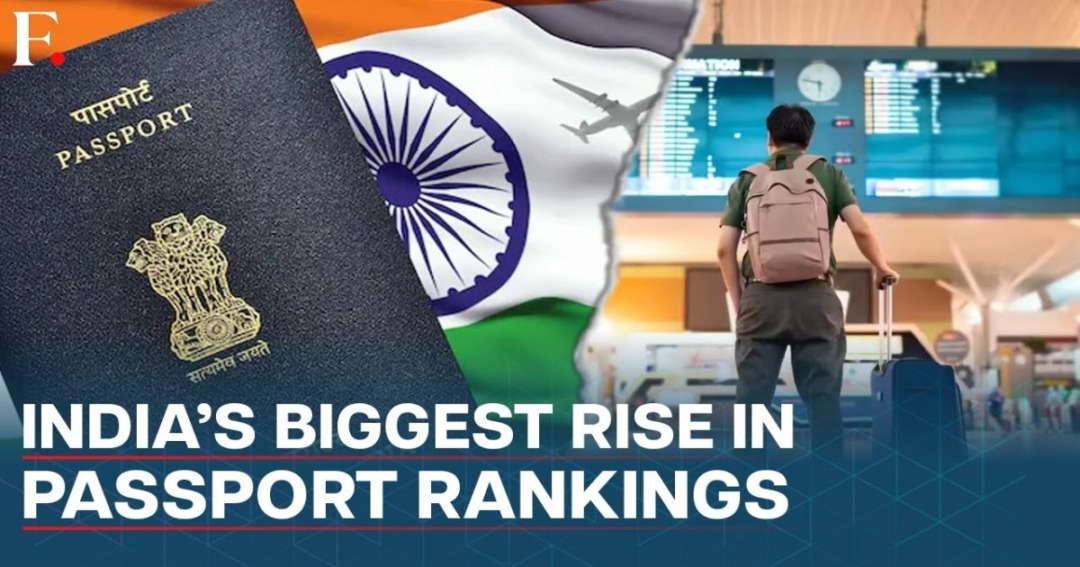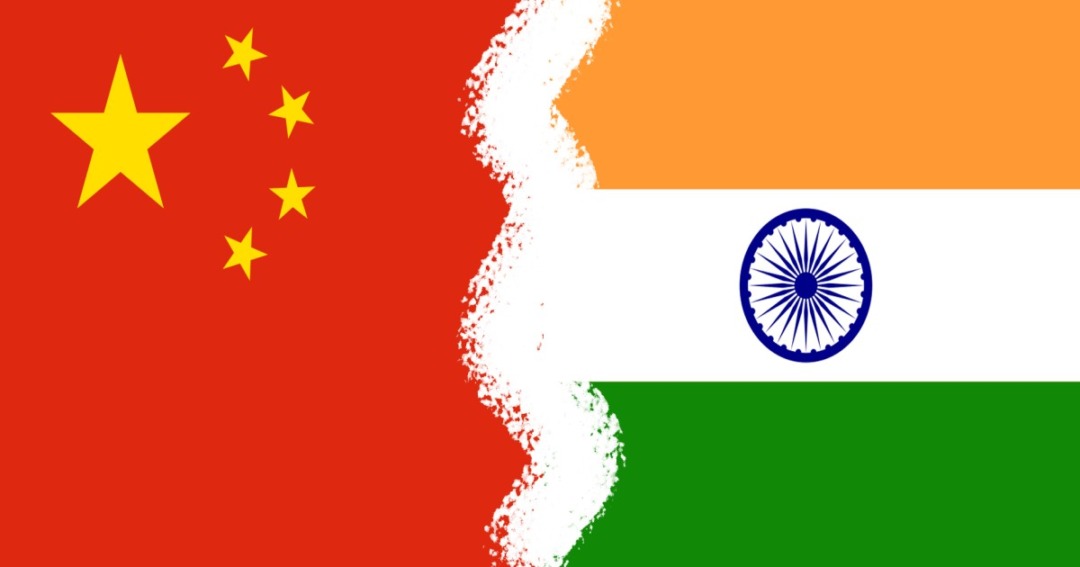
![]()
In a development seen as both symbolically and strategically significant, India has resumed issuing tourist visas to Chinese nationals after a five-year hiatus. The decision marks an important step toward restoring bilateral engagement between the two Asian giants, whose relations have been strained since the deadly Galwan Valley clash in 2020.
The visa services for Chinese tourists officially reopened on Thursday, July 24, and applications are now being accepted through India’s online visa portal. Chinese citizens are required to schedule an appointment and physically submit their passport and supporting documents at one of three designated Indian Visa Application Centres — located in Beijing, Shanghai, and Guangzhou.
A Diplomatic Thaw in the Making
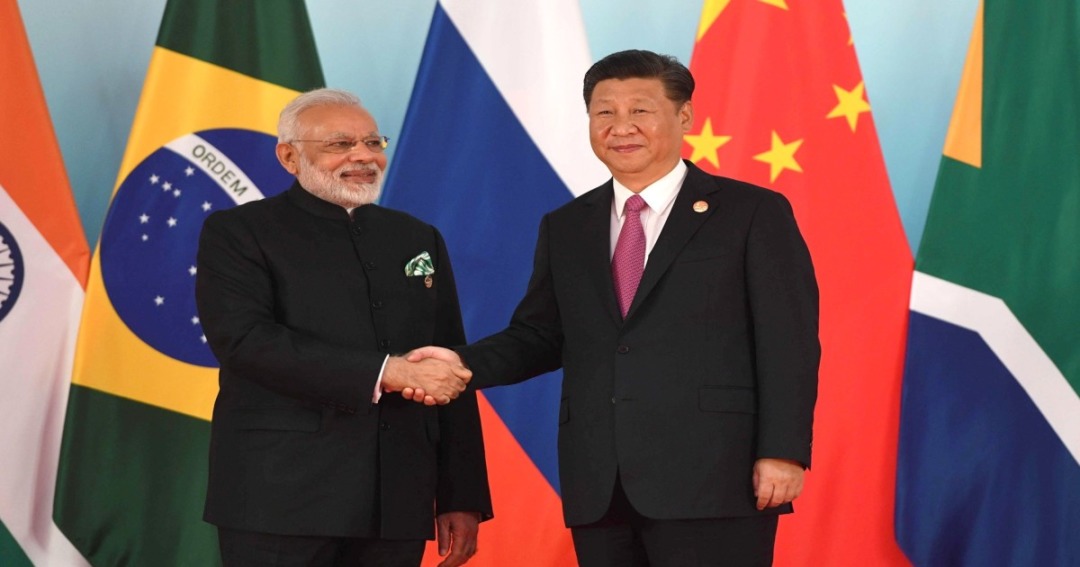
The resumption of tourist visas follows years of frozen people-to-people exchanges, restricted cross-border movement, and suspended diplomatic warmth following the pandemic and heightened military tensions along the disputed Line of Actual Control (LAC).
This reopening is viewed not merely as an administrative decision, but as a calibrated diplomatic signal. It closely follows the resumption of the Kailash Mansarovar Yatra on June 30, a sacred pilgrimage site that straddles the India-China border and has spiritual significance for Hindus, Buddhists, and Jains alike.
The Indian Embassy in Beijing emphasized that this move is part of a broader initiative to normalize travel, revitalize tourism, and strengthen cultural and economic ties between the two countries. China, in response, welcomed the development. Foreign Ministry spokesperson Guo Jiakun called the reopening “a positive step,” adding, “China is willing to maintain communication and consultation with India to continuously improve the level of facilitation of personnel exchanges between the two countries.”
From Border Clashes to Cross-Border Cooperation?
India and China, home to more than 2.7 billion people collectively, share a 3,379-kilometer-long disputed frontier that has witnessed decades of tension, including the most violent confrontation in decades in June 2020, which left 20 Indian and four Chinese soldiers dead. Since then, travel between the two countries has all but ceased, affecting not only tourism but also educational exchanges, business partnerships, and diplomatic visits.
Although the Line of Actual Control (LAC) remains undefined and continues to see heavy military deployment on both sides, the last year has seen slow but steady diplomatic engagement aimed at reducing tensions. This included high-level talks, disengagement efforts, and the landmark meeting between Prime Minister Narendra Modi and President Xi Jinping on the sidelines of the 16th BRICS Summit in Kazan, Russia, in October 2024.
The visa announcement also comes ahead of a planned bilateral meeting later this year in India, where officials from both countries are expected to discuss ongoing border disputes and confidence-building measures.
Rebuilding Travel Bridges in Asia
Before the suspension, India was seeing a gradual rise in Chinese inbound tourism, with nearly 340,000 visitors from China in 2019. Travel agencies, airlines, and hospitality stakeholders expect the visa resumption to revive this sector over the next 12–18 months.
The move aligns with broader Asian travel trends, particularly after China recently expanded visa-free travel access to 74 countries, including several in Europe and Southeast Asia. India’s decision to resume tourist visas is seen as both a reciprocal and strategic move — part of its effort to rebuild its tourism economy and reconnect with its Asian neighbors.
Travel analysts suggest India is likely to promote spiritual circuits, heritage trails, and cultural exchanges as key offerings for Chinese tourists. Destinations like Bodh Gaya, Sarnath, Varanasi, and Dharamshala — all with historical or religious relevance to China — are expected to be marketed actively in the coming months.
What Tourists Need to Know?
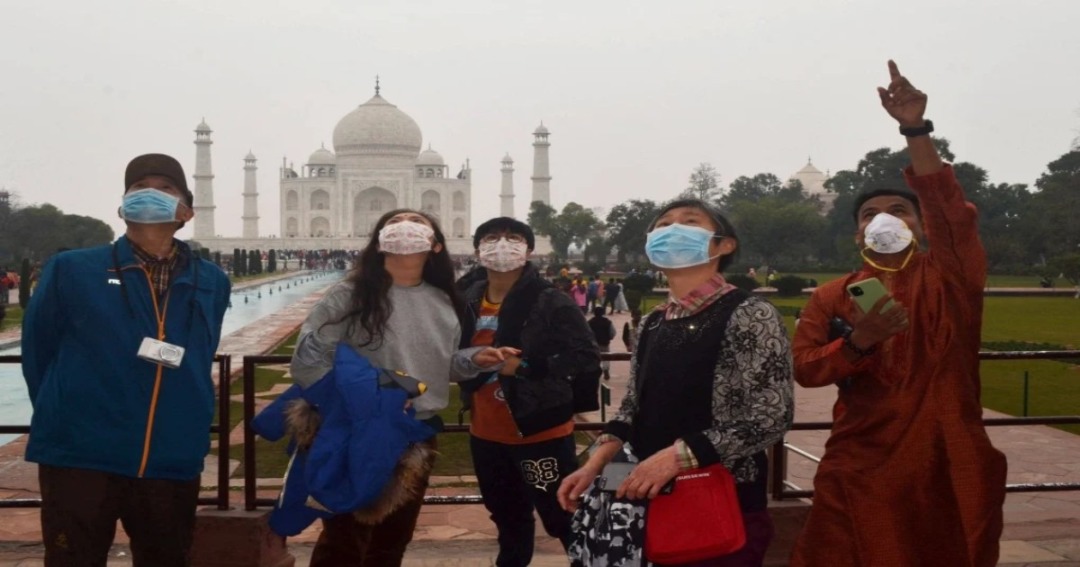
Chinese citizens applying for Indian tourist visas must:
- Complete the visa form via India’s official online portal.
- Schedule an appointment at a Visa Application Centre in Beijing, Shanghai, or Guangzhou.
- Submit passport, photographs, and required documents in person.
- Follow the latest travel health guidelines and bilateral travel advisories.
India’s Ministry of External Affairs has urged applicants to carefully review all updated instructions and avoid last-minute complications.
The Bigger Picture
The resumption of tourist visas is a small yet significant bridge across a turbulent past. While India and China continue to grapple with strategic mistrust and unresolved territorial disagreements, moves like these suggest a softening of rigid positions — at least on the people-to-people front.
Whether this reset leads to sustained cooperation or remains an isolated diplomatic gesture remains to be seen. But for now, the door is open again — and that, in itself, is a milestone.

